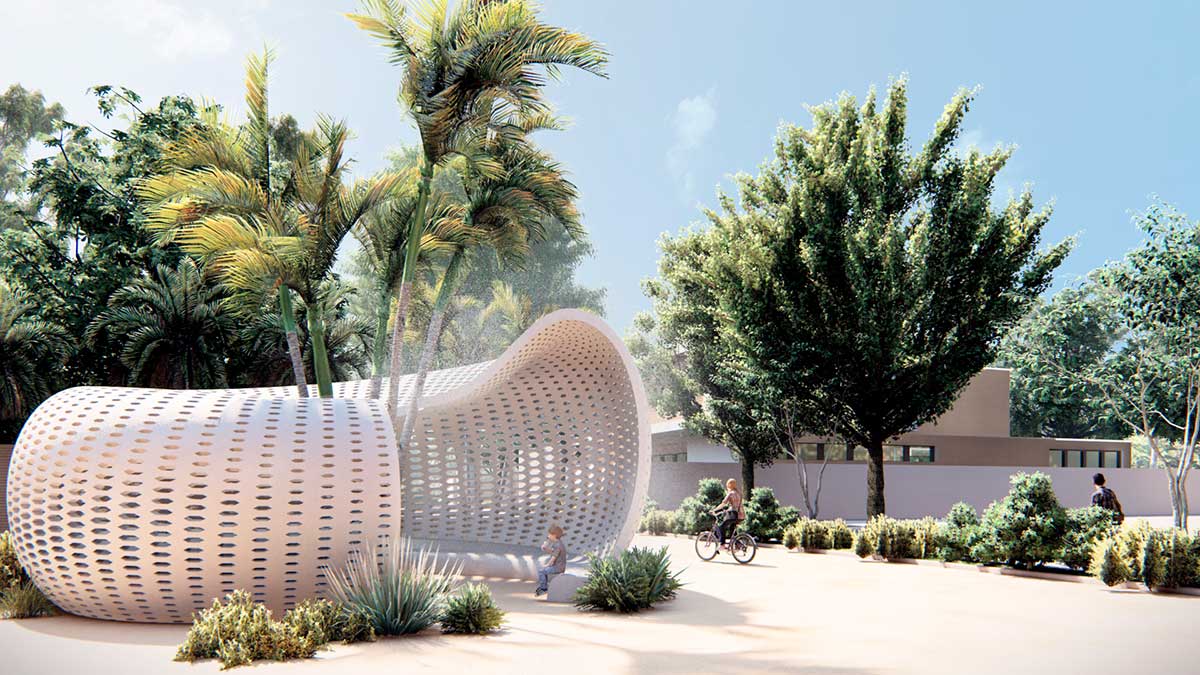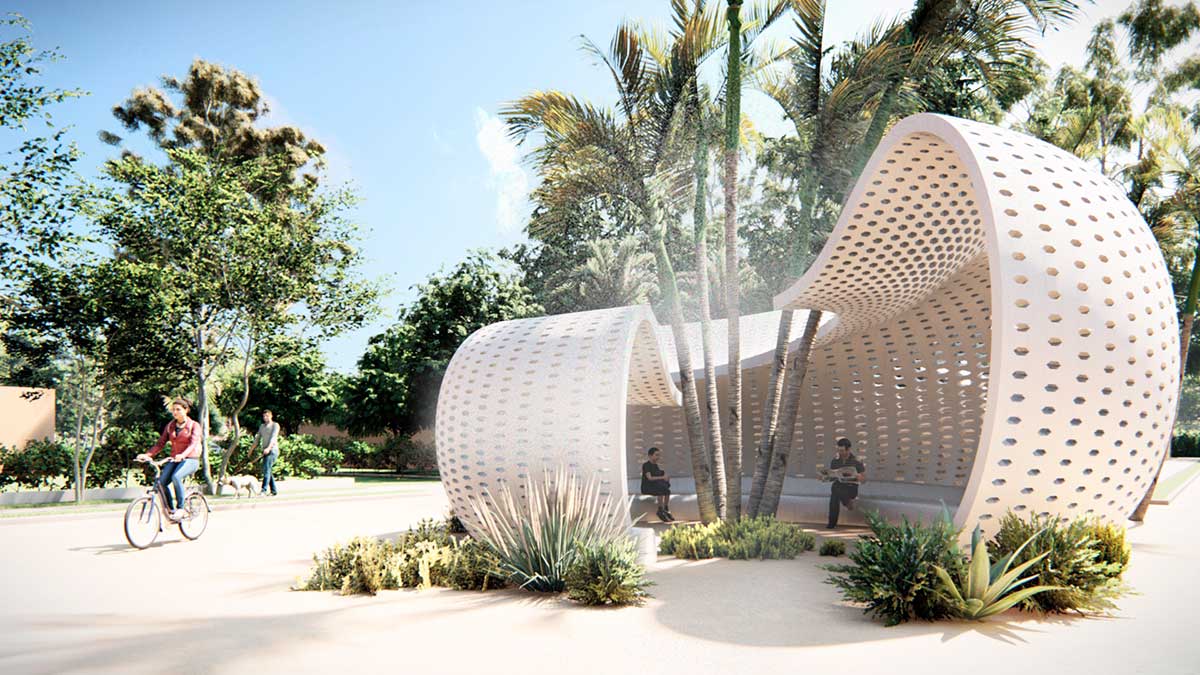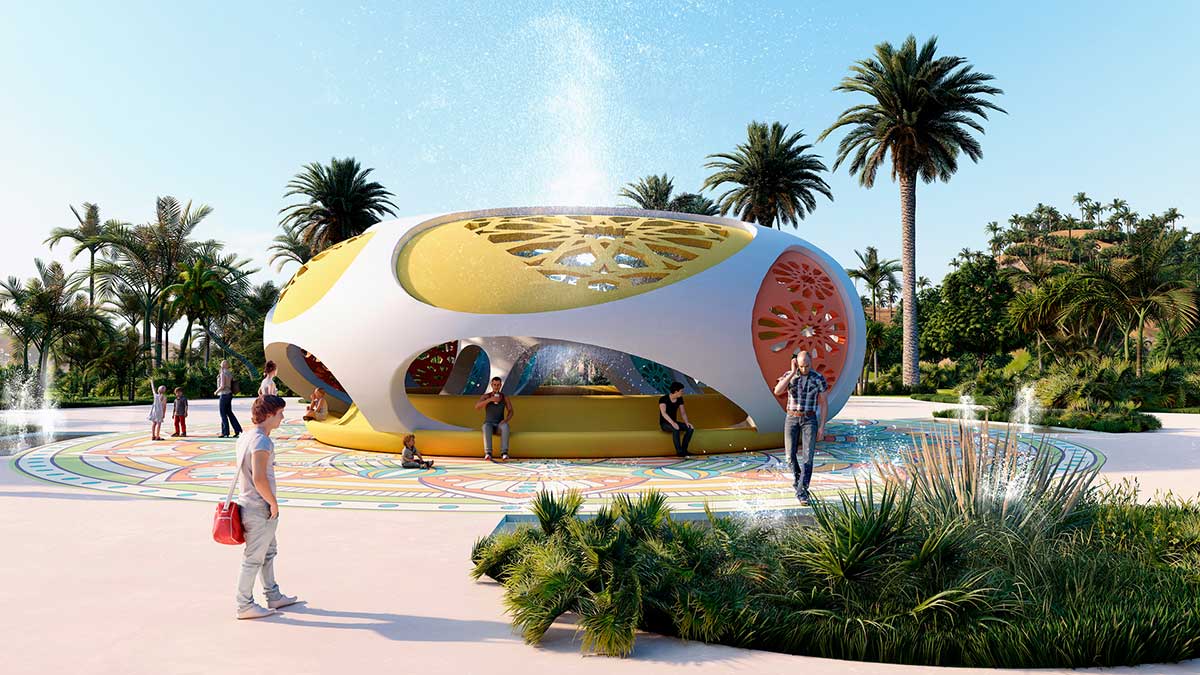Thermal comfort is a major challenge, especially during periods of high temperatures, in outdoor public places, be they urban squares, or leisure and tourism venues such as water parks, animal parks and theme parks, camp sites, hotels, resorts, shopping centres, etc. After all, air conditioning is not an option outdoors. So, let’s see what alternatives are available to reduce the temperature in outdoor places, without resorting to excessive consumption of energy resources.
The first and foremost option would be intelligent design, or planning of outdoor spaces to prevent high temperatures. Trees, shrubs and landscaped areas not only beautify the environment, but also provide shade and reduce the ambient temperature through evapotranspiration. At the same time, the use of reflective materials on floors and roofs helps to achieve the same objective.

To that first option we can add water misting systems. These systems disperse fine water droplets in the air, which absorb heat from the surroundings as they evaporate, therefore reducing the room temperature effectively and without consuming large amounts of energy. In addition, they provide an immediate cooling sensation, which is particularly pleasant on hot days.
But the best option, without a doubt, is to apply an integral solution, involving as many systems as possible and the intervention of various disciplines, namely:
–Architecture: to use the orientations and shadows of the surrounding buildings to advantage. In addition, the choice of materials that avoid overheating is fundamental.
–Landscaping: the intelligent use of vegetation and auxiliary shading systems, such as awnings and pergolas, contribute to climate control.
–Theming: or taking advantage of the theming of a park so that the themed elements contribute to climate control.
–Mechanical, Electrical and Plumbing (MEP): in this category we have misting, natural or forced ventilation, or cooling of pavements with buried networks, among others.

In addition to these technical solutions for maintaining a pleasant environment in outdoor public places, such as urban squares or spaces for leisure and tourism, including water parks, animal parks, theme parks, campsites, hotels, resorts, shopping centres, etc., it is also important to promote environmental awareness among residents, guests, visitors and tourists.
By Manolo Barberá, Senior Hydraulic Modeller in Amusement Logic’s Architecture Dept.






